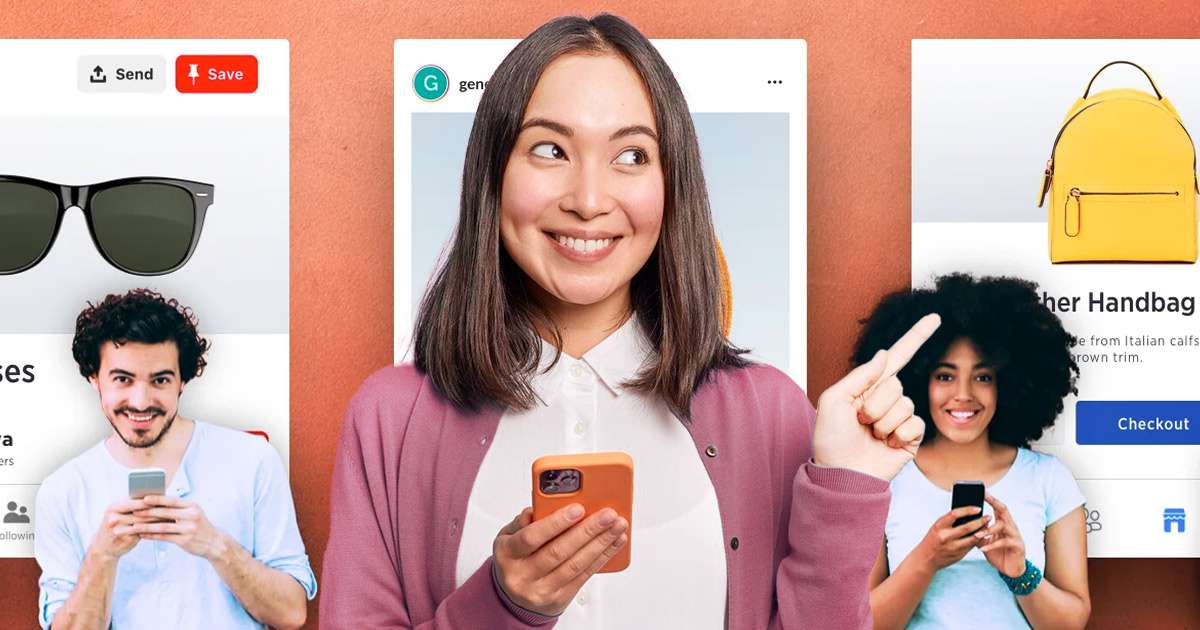Consumer-Generated Marketing: A Powerful Tool for Boosting Sales

Marketing your business today is a different ball game compared to what it was a few years ago. The competition has intensified, and the strategies have evolved. Despite these changes, one aspect remains the same – the effectiveness of consumer marketing. According to Everyonesocial, a staggering 93% of customers believe user-generated content is very helpful when making a purchasing decision.
However, the methods consumers use to market brands and products have seen a significant shift. The traditional forms of marketing have been replaced by digital platforms, primarily social media. A report from Tintup indicates that 75.78% of consumers have used social media to search for or discover products, brands, and experiences. This data underscores the power and influence of digital platforms in consumer marketing today.
What is Consumer-Generated Marketing?
Consumer-Generated Marketing (CGM) is a strategic approach that leverages user-generated content to promote and market a brand or its products. Unlike traditional marketing strategies that rely heavily on professionally produced advertisements, CGM capitalizes on the creativity, experiences, and opinions of consumers, providing a reservoir of authentic and relatable content.
The Authenticity of CGM
The veracity of CGM offers a breath of fresh air in a time when consumers are growing more dubious of traditional advertising. According to Hubspot, 60% of consumers perceive CGM as the most authentic form of marketing content. This authenticity is derived from real experiences and genuine opinions of users, making the content more relatable and trustworthy.
Building Trust and Credibility
The authenticity inherent in CGM doesn’t just make the content more engaging – it also helps build trust and credibility. Prospective consumers are more likely to believe that they will have a similar positive experience when they witness actual people using a product or service. This level of trust can significantly sway purchasing decisions in favor of the promoted brand or product.
CGM: Preferred by Marketers
It’s not just consumers who value CGM – marketers are also recognizing its effectiveness. A report by Meetanshi shows that a whopping 93% of marketers hold user-generated content in higher esteem than content created by brands themselves. This preference stems from the understanding that consumers trust their peers more than they trust brands, making CGM a potent tool for increasing brand visibility and engagement.
Driving Sales through CGM
The ultimate goal of any marketing strategy is to drive sales, and CGM is no exception. By leveraging user-generated content, brands can create a sense of community around their products or services, engaging consumers on a deeper level. This engagement, combined with the trust and credibility fostered by CGM, can significantly boost sales.
Crafting a Successful Consumer-Generated Marketing Strategy
Developing a successful consumer-generated marketing (CGM) strategy requires a well-thought-out plan and efficient execution. Here are the key steps to consider.
Foster Customer Engagement
The foundation of an effective CGM strategy lies in fostering customer engagement. Encourage customers to share their experiences, reviews, or creative content related to your brand or product. Make the participation process seamless and user-friendly with clear instructions.
Set Clear Content Guidelines
To maintain consistency and set the right expectations, it’s crucial to establish clear guidelines for customer-generated content. Outline the kind of content that can be shared, its presentation style, and any legal or ethical considerations to ensure respect for copyrights and avoid inappropriate content. Clear guidelines help foster a positive and respectful space for all participants.
Organize Contests or Giveaways
One of the most effective ways to stimulate customers to create and share content is by organizing contests or giveaways. Offering incentives such as prizes, discounts, or exclusive access to products or services can significantly boost participation. Ensure that the rules of the contest or giveaway are transparent and the process is fair.
Create Branded Hashtags
Branded hashtags are a powerful tool for facilitating user participation and making it simpler to track and curate user-generated content. These hashtags should be unique to your brand or campaign, easy to remember, and relevant to the content being shared. Promote these hashtags across various marketing channels to enhance visibility.
Actively Interact with Users
Active interaction with users strengthens the bond between the brand and its customers. According to Inbeat, 60% of people feel encouraged to post more when their content is liked, shared, or featured by others. Hence, brands should actively interact with their audience to motivate them to create and share more content. This interaction can involve liking, commenting on, and sharing user-generated content, as well as featuring it on the brand’s website or social media channels.
Monitor and Measure Success
Implementing a CGM strategy is not a one-time event but an ongoing process. It’s crucial to monitor the performance of your CGM efforts and measure success. Use analytics tools to track engagement, reach, and conversions driven by user-generated content. This data will help you understand what’s working and what needs improvement.
Showcase User-Generated Content
Lastly, showcasing user-generated content not only rewards participants but also provides fresh and authentic content for your brand. Feature the best user-generated content on your website, social media, email newsletters, or even in your physical stores. This not only enhances your content strategy but also makes your customers feel valued.
Leveraging Content Using Consumer-Generated Marketing
As CGM continues to grow in popularity, it’s clear that this strategy offers significant benefits for brands. By leveraging user-generated content, businesses can create a more authentic connection with their customers, enhance their content strategy, and ultimately drive sales. Therefore, understanding and implementing CGM should be a key component of any successful marketing strategy.
In conclusion, leveraging content using CGM represents a shift from traditional top-down marketing strategies to a more collaborative approach. It not only provides a platform for consumers to express their opinions and experiences but also offers brands an opportunity to build stronger relationships with their customers, foster trust, and enhance their marketing efforts.

